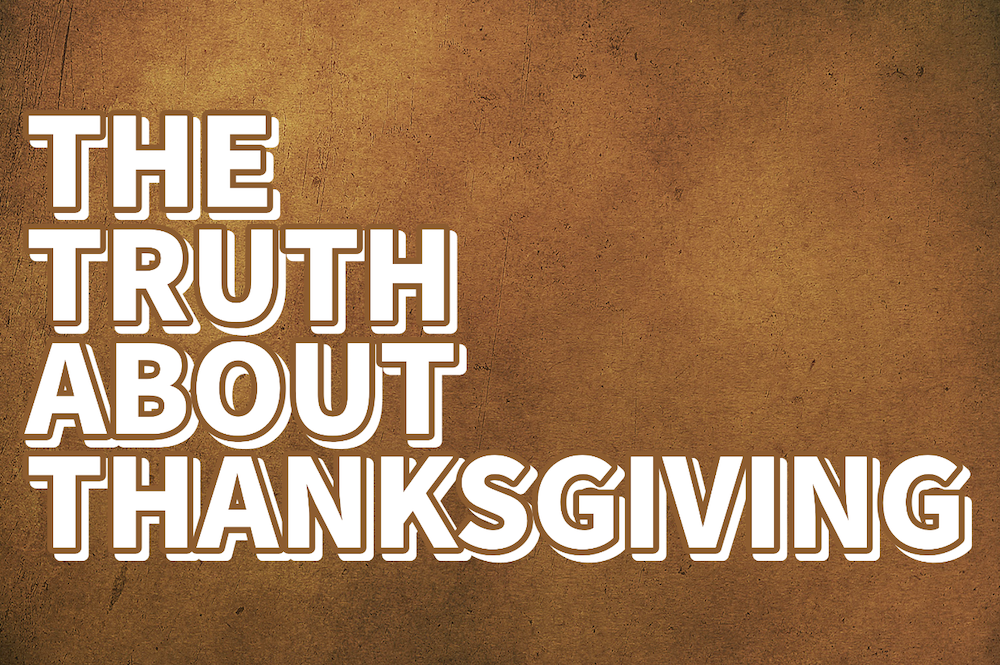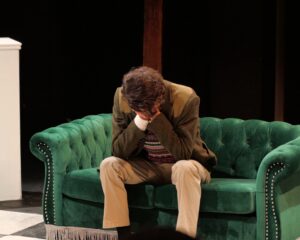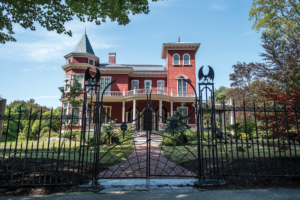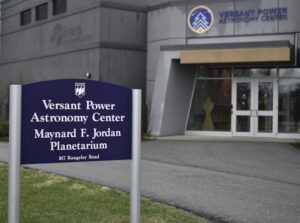Halloween has passed and already retail stores are playing Christmas music and putting out decorations for sale. However, there’s a commonly overlooked holiday that actually has higher participation for Americans than Christmas – Thanksgiving.
The story about how this holiday came to be is something that many American students have been taught in school. Now, though, our modern understanding of what actually happened at the First Thanksgiving has become more nuanced, and we are all starting to question what the true purpose of this holiday actually is.
In a data poll from 2021, Americans were asked what Thanksgiving meant to them. 67% said it was a time to give thanks. 17% said it was a time to remember history. This begs the question of what history are we remembering? The one we have been taught has been from a white colonizer’s perspective, so what actually happened?
The modern Thanksgiving is often a time of mourning for modern Native peoples because it serves as a reminder of 500 years of betrayal by the European Colonizers. Their generosity was rewarded by theft of their land and seed corn, killing off many Native people from disease and a near total elimination by forced assimilation.
Thanksgiving and myths associated with it have done damage and harm to Native peoples and their cultural self-esteem by perpetuating cultural misappropriation and stereotyping. This has left lasting and negative impressions in Native and non-Native minds.
A traditional Native Thanksgiving would last about four days, but most people can’t do that anymore because they’re trapped in the economic system and the schedule of the U.S.
The colonists’ interactions with the Native peoples they encountered were not the fairy tale story we were told. The idea of Thanksgiving began when President Abraham Lincoln wanted to create a unity story for the U.S. 100 years after the colonies were originally founded.
What actually happened during the First Thanksgiving was that a treaty was made between the first Governor of the colony, John Carver, and the leader of the Wampanoag Nation, Yellow Feather Ousamequin, also known as “Massasoit.” It was an agreement of protection from each other’s enemies that later became a collaboration for creating a system of living together. As colonists were celebrating their first successful harvest and shooting off guns and cannons, members of the Wampanoag nation gathered up warriors to see if they were being attacked. They stayed and camped near the settlement for a few days to make sure everything was ok.
The two groups were friendly to each other but the colonists primarily acted this way because they relied heavily upon the Native people for survival. They didn’t respect the Native people.
There was no feast on that day. There were not many thanks given, either. It was just a moment of peace and misunderstanding. This peace didn’t last, and it wouldn’t be long before the colonists pushed these Native peoples off their land and onto reservations
Believe it or not, Thanksgiving was originally celebrated a week earlier. In 1939, retailers urged President Franklin Delano Roosevelt to push the date back a week so shoppers could have more time for holiday shopping.
The culture surrounding Thanksgiving is misleading. It is up to each individual how they want to celebrate the holiday, if at all. One way to look at the holiday in the modern day is that Thanksgiving is a time to reflect on ourselves for the past year and face the things we might have taken for granted. It can be a time to rest and be thankful for everything we have.










